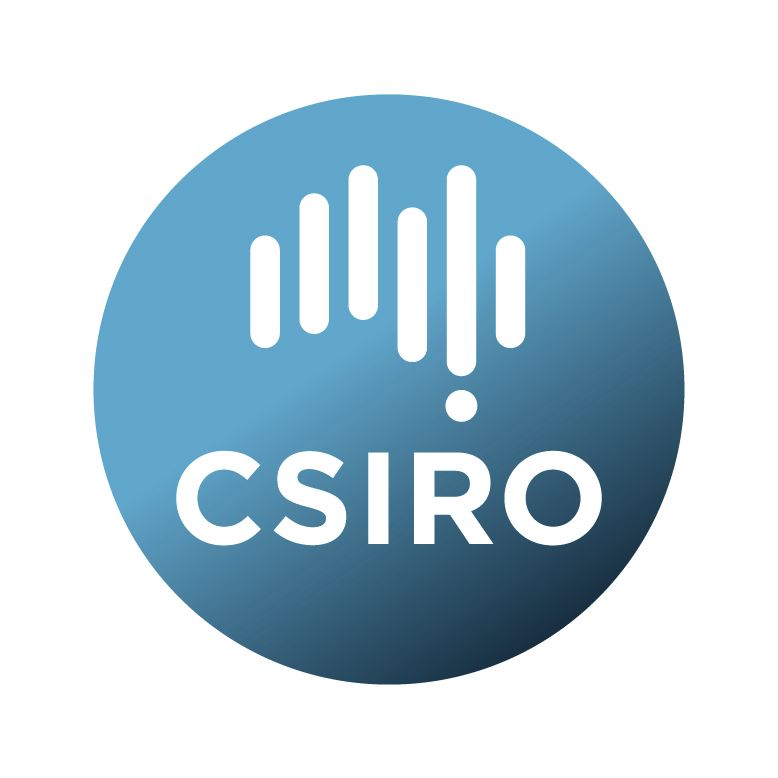Brief description
This is Version 1 of the Soil Bacteria and Fungi Beta Diversity product of the Soil and Landscape Grid of Australia.The Soil and Landscape Grid of Australia has produced a range of digital soil attribute products. These products provide estimates of the Beta Diversity of soil fungi and bacteria. The digital soil attribute maps are in raster format at a resolution of 3 arc sec (~90 x 90 m pixels).
These maps are generated using Digital Soil Mapping methods
Attribute Definition: Soil Bacteria and Fungi Beta Diversity
Units: NA;
Period (temporal coverage; approximately): 1950-2022;
Spatial resolution: 3 arc seconds (approx 90m);
Total number of gridded maps for this attribute: 6;
Number of pixels with coverage per layer: 2007M (49200 * 40800);
Total size before compression: about 8GB;
Total size after compression: about 4GB;
Data license : Creative Commons Attribution 4.0 (CC BY);
Format: Cloud Optimised GeoTIFF.
Lineage: Soil microorganisms mediate a wide range of key processes and ecosystem services on which humans depend. In this study, we report on the biogeography and spatial pattern of soil biota for the Australian continent. We used as basis the DNA sequences from the Biome of Australia Soil Environments (BASE) which were collected over a range of different sites across Australia.
We calculated the beta diversity of abundant taxa of soil bacteria and fungi, treating representative sequence data (OTUs) as individual taxa. Two ordination methods were applied to investigate the dissimilarities in microbial community composition, non-metric multidimensional scaling (NMDS) and Uniform Manifold Approximation and Projection (UMAP) for dimension reduction. The NMDS and UMAP used the weighted UniFrac distance for bacteria and Bray-Curtis dissimilarity for fungi on taxa relative abundance. The results of the NMDS for bacteria indicated that the structure of the data was captured fairly well, with a stress of 0.09. However, the stress of the fungi NMDS was 0.16, indicating that the fungi community composition was moderately well explained.
We further collected a large set of environmental covariates that control the biogeography of soil biota, such as soil properties terrain attributes of vegetation indices, and of which maps are available. We fitted a quantile regression forest machine learning model to exploit the quantitative relationship between point-estimated values of beta diversity and environmental covariates, and used to model to predict beta diversity across Australia along with an estimate of uncertainty.
Soil property and vegetation are the dominant controls of soil biota. The resulting maps also reveal the pattern of soil biota which can further be used for regional assessment of soil biodiversity and from which degradation induced by global changes can be monitored.
Code - https://github.com/AusSoilsDSM/SLGA
Observation data - https://esoil.io/TERNLandscapes/Public/Pages/SoilDataFederator/SoilDataFederator.html
Covariate rasters - https://esoil.io/TERNLandscapes/Public/Pages/SLGA/GetData-COGSDataStore.html
Available: 2024-08-28
Data time period: 1950-01-01 to 2022-10-06
Subjects
Attributes |
Australia |
Continental |
DSM |
Digital Soil Mapping |
Environmental Sciences |
Raster |
SLGA |
Soil |
Soil Beta Diversity |
Soil Maps |
Soil Sciences |
Soil Sciences Not Elsewhere Classified |
TERN |
TERN_Soils |
TERN_Soils_DSM |
spatial modelling |
User Contributed Tags
Login to tag this record with meaningful keywords to make it easier to discover
Identifiers
- DOI : 10.25919/4X7N-Y874

- Handle : 102.100.100/448273

- URL : data.csiro.au/collection/csiro:56612



